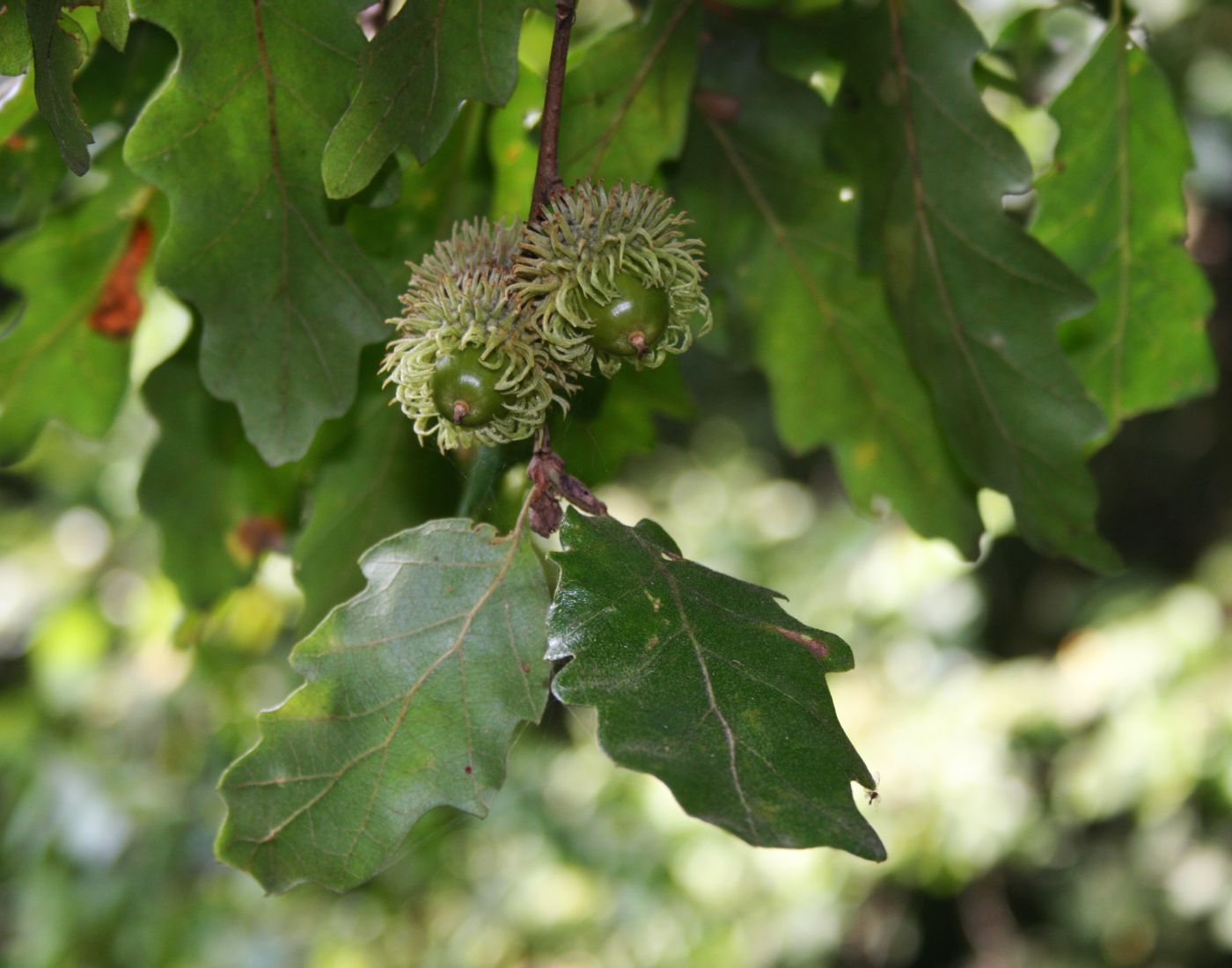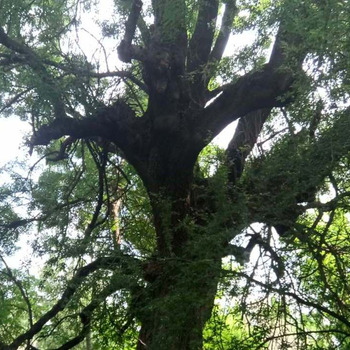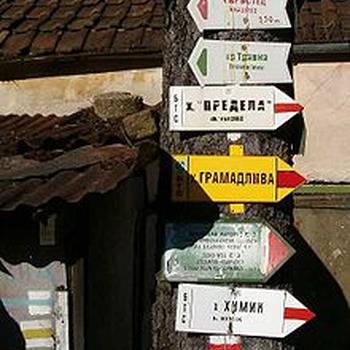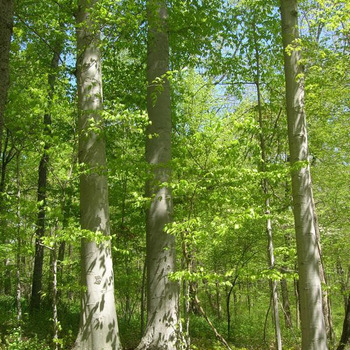Centennial turkey oak /Quercus cerris/ tree near the village of Yavor
Overview
Quercus cerris is a deciduous deciduous tree with a highly developed root system that penetrates deep into the ground. Quercus cerris is relatively unpretentious to environmental conditions, withstanding both high and low temperatures. However, at extremely low temperatures, the cold can cause "frostbite" - freezing of water in the tissues and the formation of cracks in the stem, through which pathogens then enter. It grows on almost all soils, but grows best in gray forest soils and cinnamon forest soils. Quercus cerris is a drought-resistant species and grows well in drier and warmer conditions.
The height of the Quercus cerris reaches up to 30-35 meters. Its bark, gray in color, is recognizable due to its noticeably larger (compared to Quercus robur for example) furrowing. Quercus cerris leaves are simple and oblong, cut into 6 - 12 side sections. They reach 15 cm in length and 7 - 8 cm in width. Each leaf has from 6 to 12 pairs of lateral veins, ending in the respective pointed end of the leaf sections. The leaves are dark green above and lighter below. They are covered with star-shaped hairs. An interesting feature of the Quercus cerris are the permanent spiky growths around the buds, which are preserved throughout the year.
Quercus cerris is a monoecious plant, which means that both male and female flowers are located on the same tree. The females are gathered in groups of 2 - 4, and the males are gathered in inflorescences "fringes". The perianth of each male flower is formed by 5-6 fused yellow-green leaves. Each male flower has from 4 to 6 stamens. The female flowers are crimson-red, with a fully fused (green in color) perianth.
Quercus cerris fruits ripen in two years. They are a type of "nut" - acorns with a length of 2.5 to 4 cm. They are located in fruit domes, or "caps", from which they separate after ripening and fall off. The dome itself is densely overgrown with acuminate growths - this characteristic type of acorn allows the cerus to be easily distinguished from our other oaks. The age limit for Quercus cerris is 600-700 years. Its wood is not widely used. This is due to the fact that it is relatively volatile and has a characteristic unpleasant odor. In addition, unlike other oaks, it has no core. It becomes applicable if it is treated with chemical agents. Cera acorns are used for food by some animals.
The oldest tree of this species is preserved in the village of Yavor, Cherkovishteto area. A protected object is maintained.
Location: Yavor village, Cherkovishteto area
Recommended
- Captain Dyado Nikola Square
- Popangelova House
- Church of St. Archangel Michael
- Givgiren Bridge
- Clocktower
- Museum of Carving and Ethnographic Art
- The love fountain
- Museum of the Tryavna Icon Painting School
- Daskalov House Museum
- Slaveikovo School
- Raikova house and others


 Bulgarian
Bulgarian Romanian
Romanian




